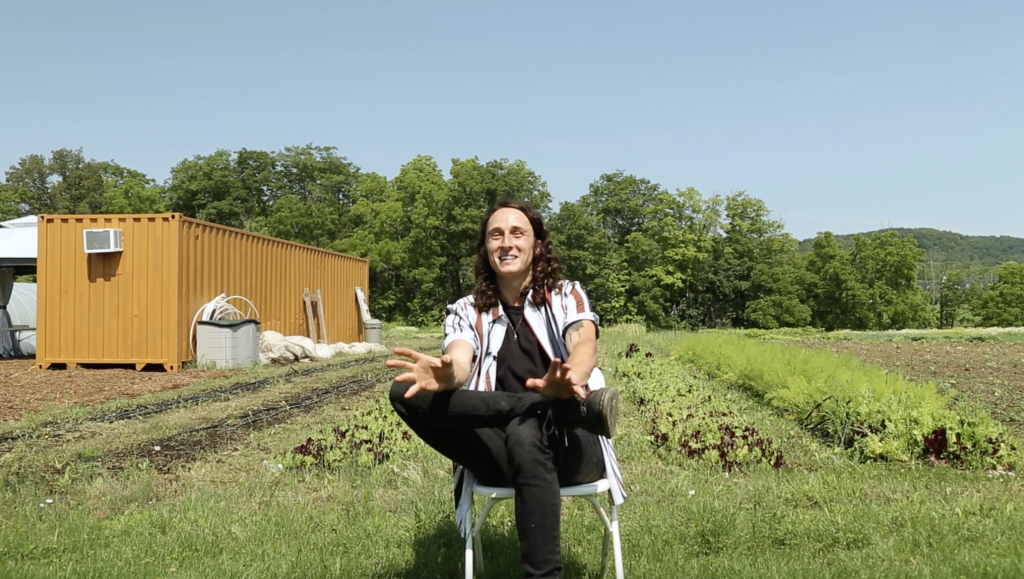Ontario to ban supervised consumption sites near schools, close 10 locations
Published August 20, 2024 at 10:59 am

Ontario is set to ban consumption and treatment services sites within 200 metres of schools and child care centres, which will lead to the closure of 10 facilities.
The province will also introduce legislation in the fall that would prohibit municipalities or organizations from launching new consumption sites or participating in the federal government’s safer supply program that sees prescription medication given to people instead of drugs bought off the street.
Health Minister Sylvia Jones’ announcement follows two reviews of the sites that the government ordered in the wake of the killing of a Toronto woman, who was hit by a stray bullet from a shooting near one of the sites.
Karolina Huebner-Makurat had been walking through her southeast Toronto neighbourhood of Leslieville shortly after noon on July 7, 2023, when she was shot as a fight broke out between three alleged drug dealers.
The 10 sites that will have to close due to the new rules include five in Toronto, and one each in Ottawa, Kitchener, Thunder Bay, Hamilton and Guelph.
The province will instead create 19 new “homelessness and addiction recovery treatment hubs” plus 375 highly supportive housing units at a cost of $378 million.
“Communities, parents and families across Ontario have made it clear that the presence of consumption sites near schools and daycares is leading to serious safety problems,” Jones said.
“We need to do more to protect public safety, especially for young school children, while helping people get the treatment they need, which is why we’re taking the next step to expand access to a broad range of treatment and recovery services, while keeping kids and communities safe.”
A recent policy paper on opioid use from AMO had the municipalities calling for a more collaborative approach and said the consumption sites save lives.
“Supervised consumption sites are an important component of Ontario’s harm reduction approach,” the association wrote.
“A recent study of supervised consumption sites in Toronto found that a city-wide reduction in overdose mortality rate of 42 per cent after the implementation of supervised consumption sites.
The Ford government introduced the consumption and treatment services model in 2018, saying it would focus on connecting people to treatment, rather than the previous supervised consumption model.
At that time, the province put in place a cap of 21 such sites in the province, but has only funded 17. There are other supervised consumption sites around the province that have received federal approval but no provincial funding, and two of them in northern Ontario recently closed due to a lack of funds.
Tuesday’s news from the government angered harm reduction workers, including one who works at one of the sites slated for closure.
“My heart sunk,” said Hannah Stahl, a registered nurse at one of the sites and co-lead of the Street Nurses Network. “My clients are going to be left in the lurch.”
She said she is able to provide health care, often daily, to her clients who otherwise are fearful of the health-care system.
Stahl said she helps people get tested for various diseases and connects patients to counselling, or to get on a list for housing or help fill out forms to get identification.
“When people fall through the cracks of the system, this is what caught them,” she said.
But the pending closures are welcome to those living near South Riverdale Community Health Centre, where Huebner-Makurat was shot, said Derek Finkle.
He said he “completely agrees” with the province’s new approach to keep the sites away from schools.
Finkle, who lives across the street from the site and a journalist who has written about the issue, said he has seen open drug use, fights, drug deals and tons of used needles. There are two schools nearby and six daycares, he said.
“One inevitable consequence of these sites is that it draws a number of drug dealers, some of whom carry guns and some of whom get into fights and then kill innocent passersby,” he said.
“It makes no sense that South Riverdale exists at an address that the province would prohibit from having a license to be a cannabis dispensary.”
Provincial regulations state cannabis shops must be no closer than 150 metres to a school.
Opioids have gripped the province since illicit versions of fentanyl began to hit the streets a decade ago.
Those deaths surged during the COVID-19 pandemic. In 2021, the mortality rate for opioid toxicity hit its peak of 19.3 deaths per 100,000 people, data from the Office of the Chief Coroner shows.
That year, 2,858 people died from opioids, the vast majority of which contained fentanyl, a particularly potent opioid.
More and more people dying from opioids are also found with benzodiazepines, cocaine, methamphetamine. And nearly five per cent of deaths in 2024 thus far contain xylazine, commonly used by veterinarians as a tranquilizer.
That mortality rate has dropped to 17.5 deaths per 100,000 people, or 2,593 people, in 2023. Those numbers are significantly worse than pre-pandemic rates that saw 10.7 deaths, or 1,559 people, per 100,000, the coroner’s data shows.
The majority of opioid toxicity deaths, nearly 70 per cent, happen in private homes, the coroner’s data shows.
More than 600 people died of opioid toxicity in Ontario in the first quarter of this year, which is a slight drop from the same period in 2023.
By Allison Jones and Liam Casey
INsauga's Editorial Standards and Policies


